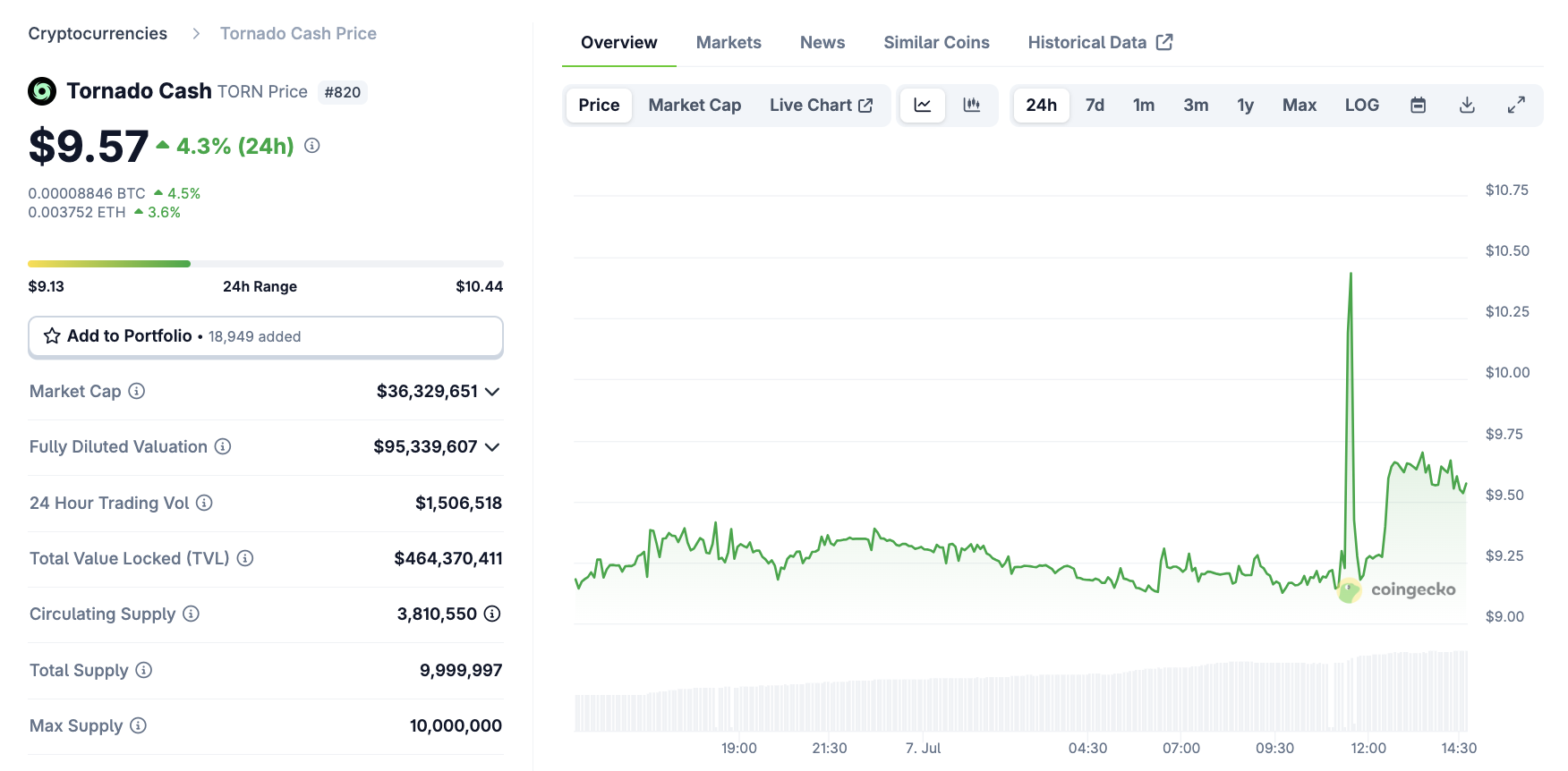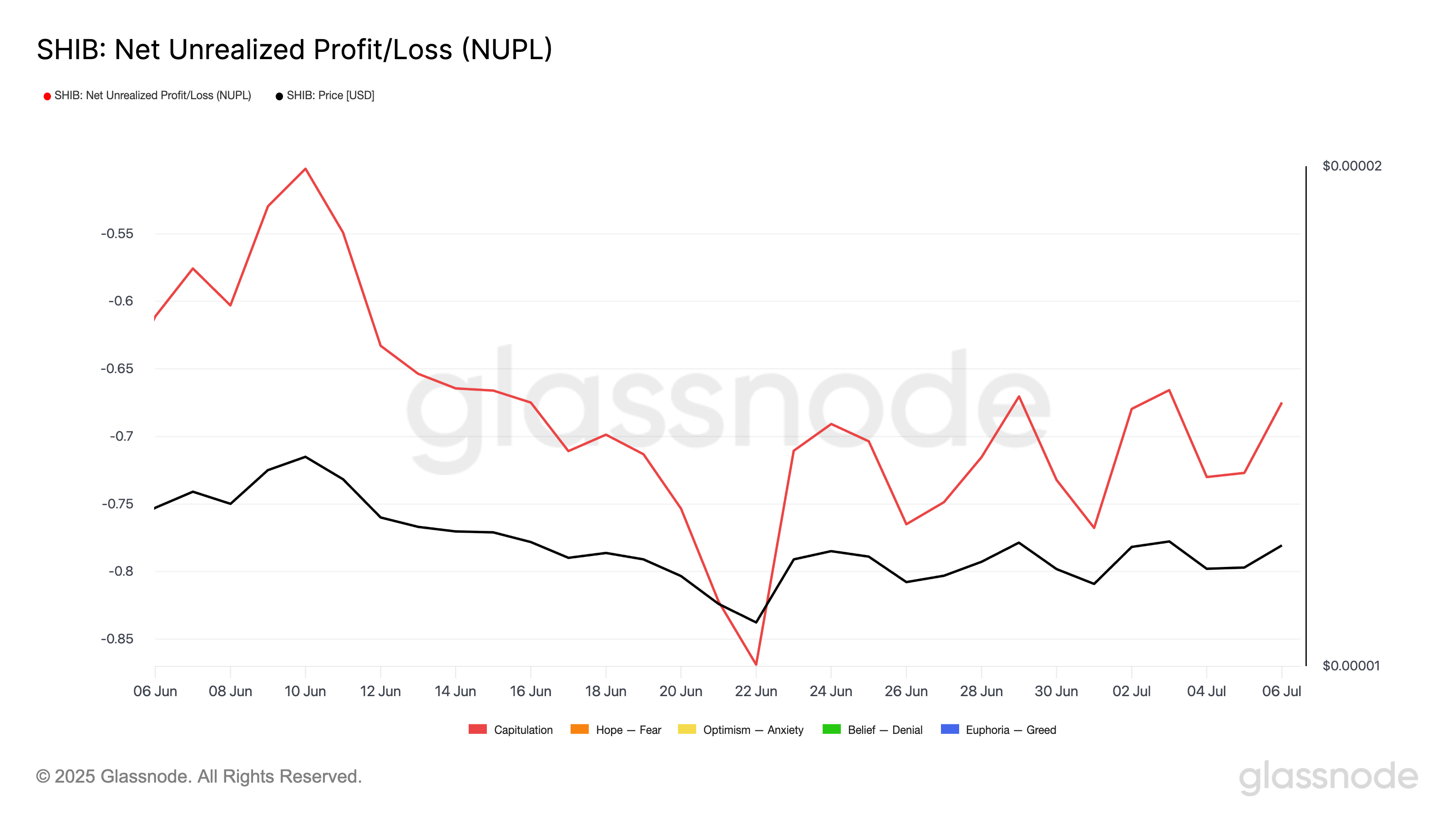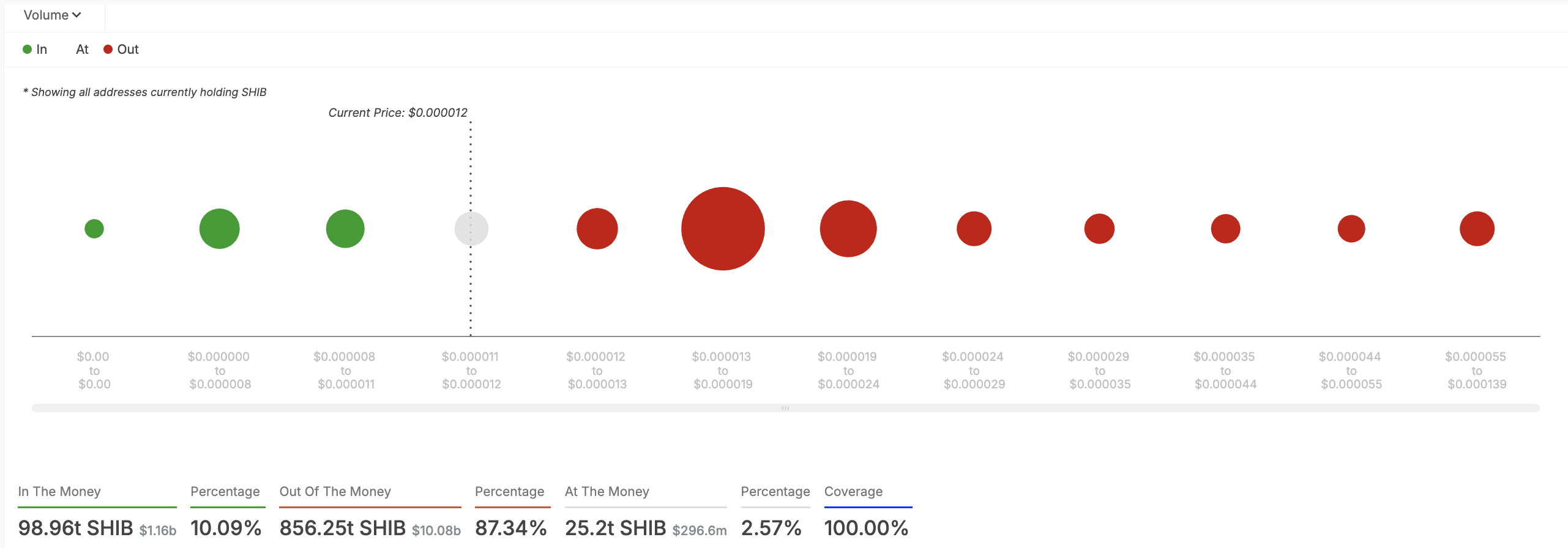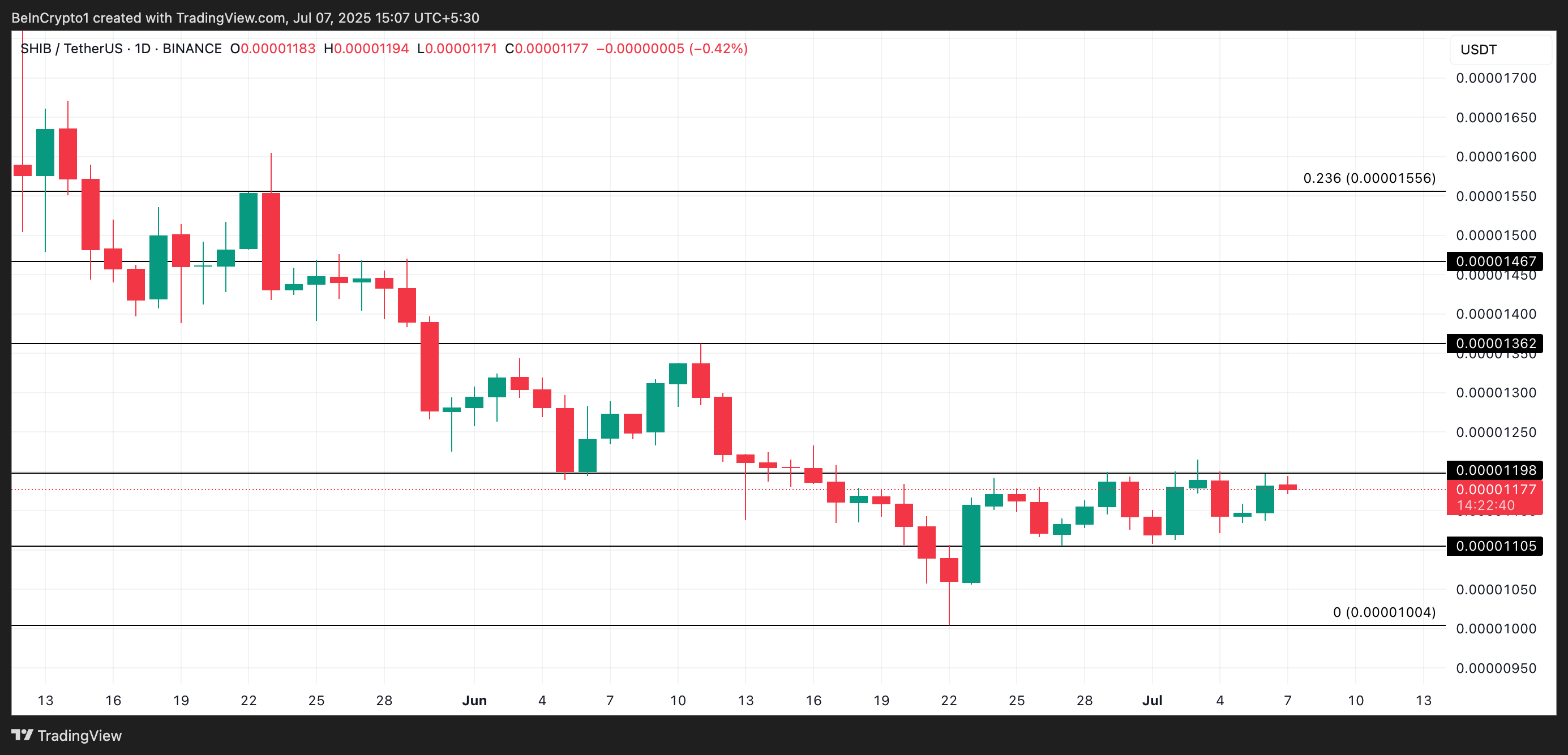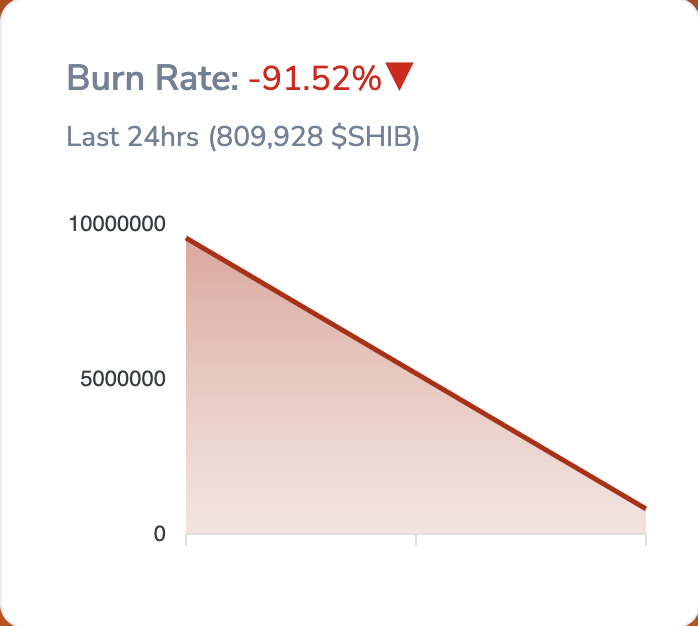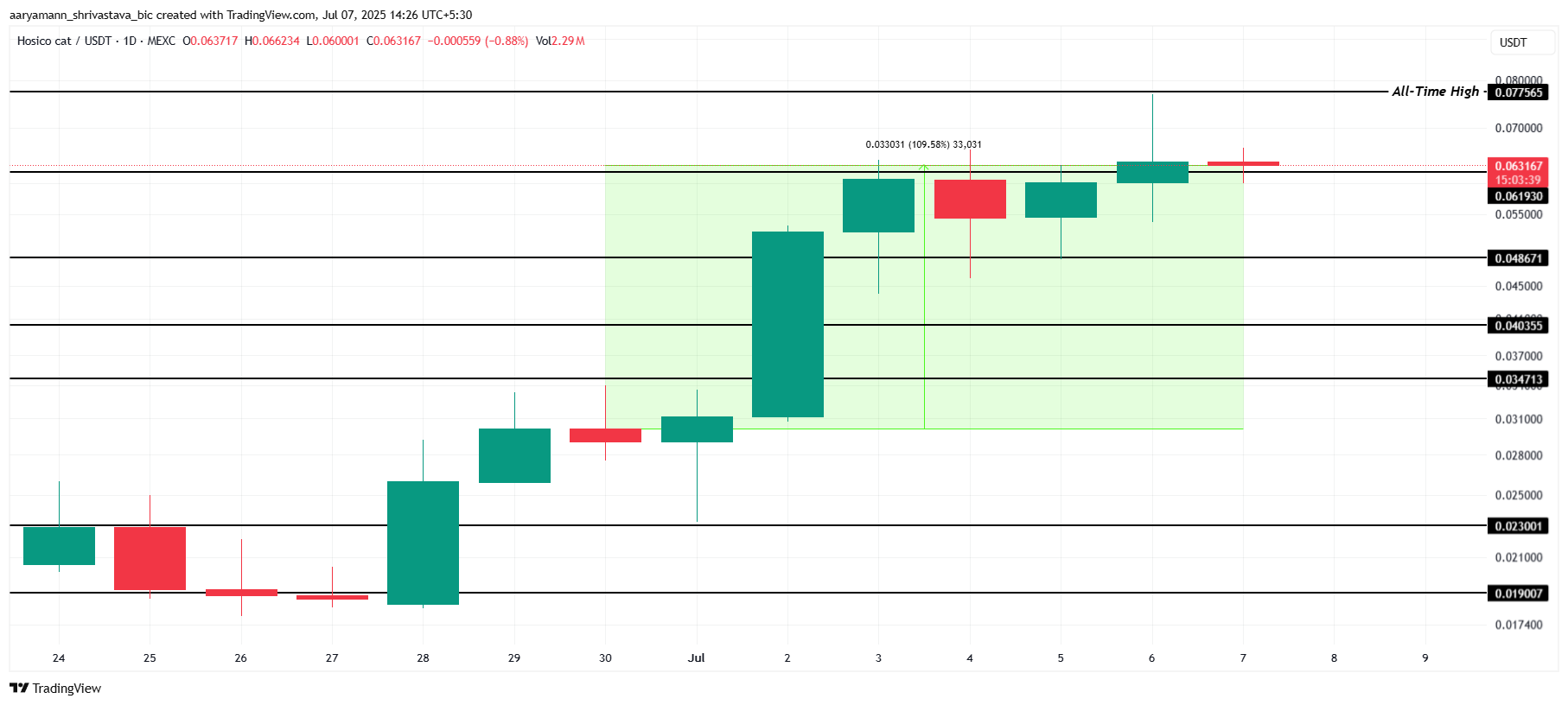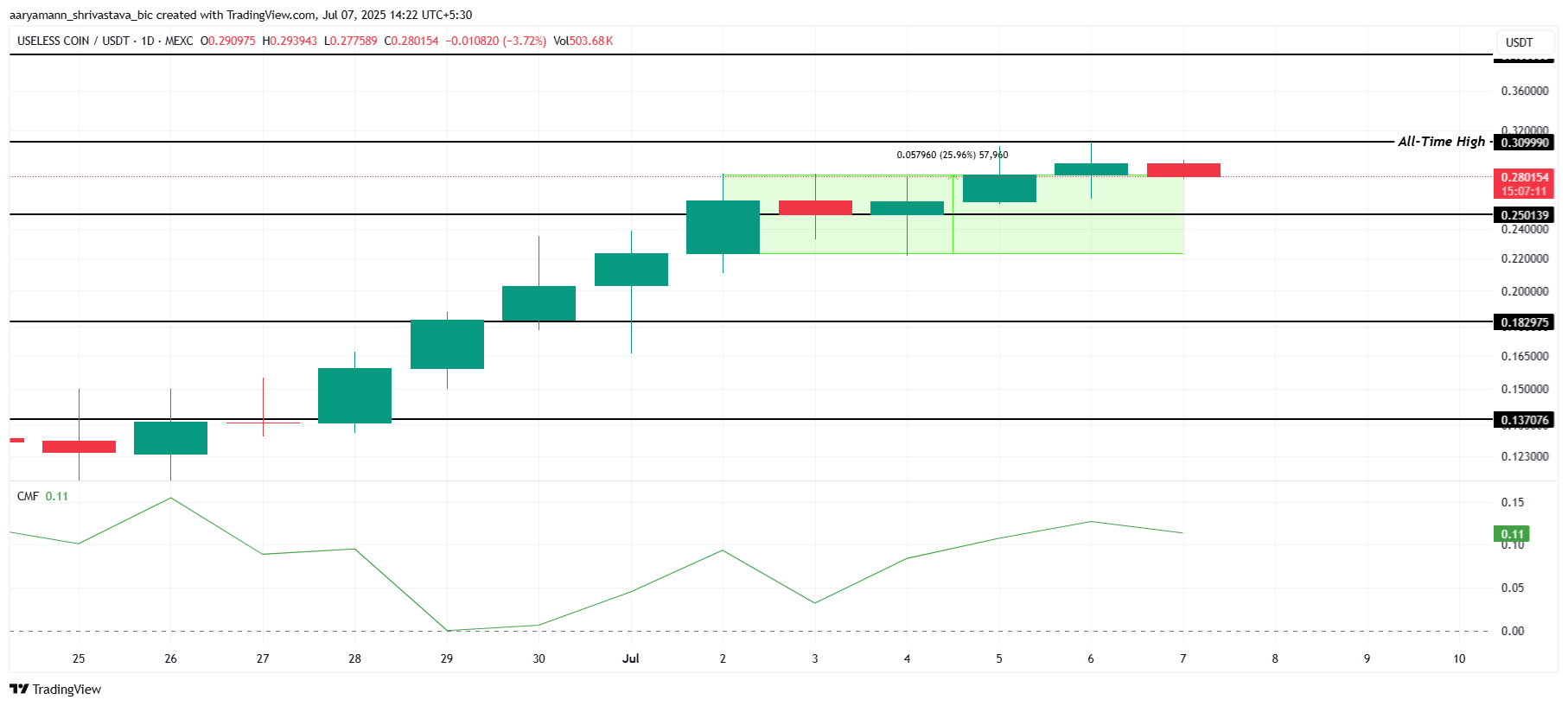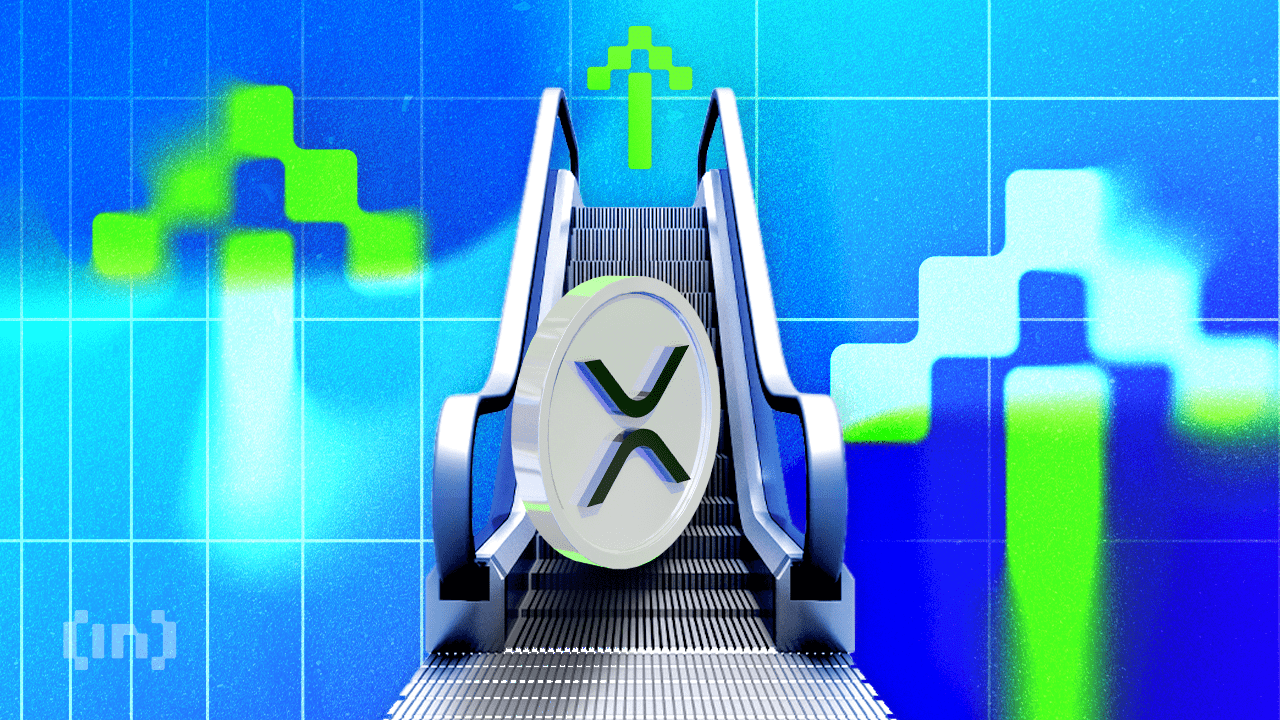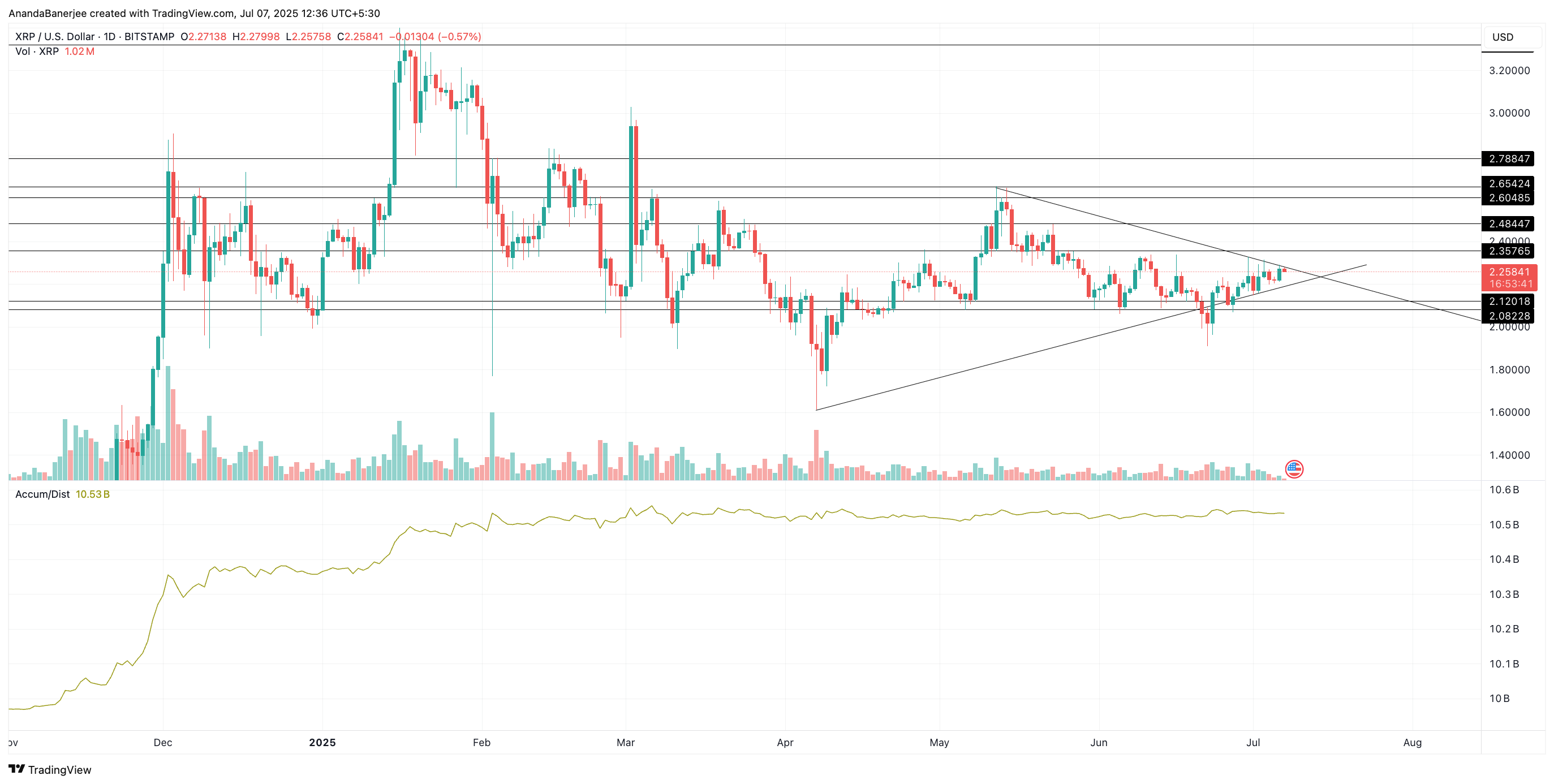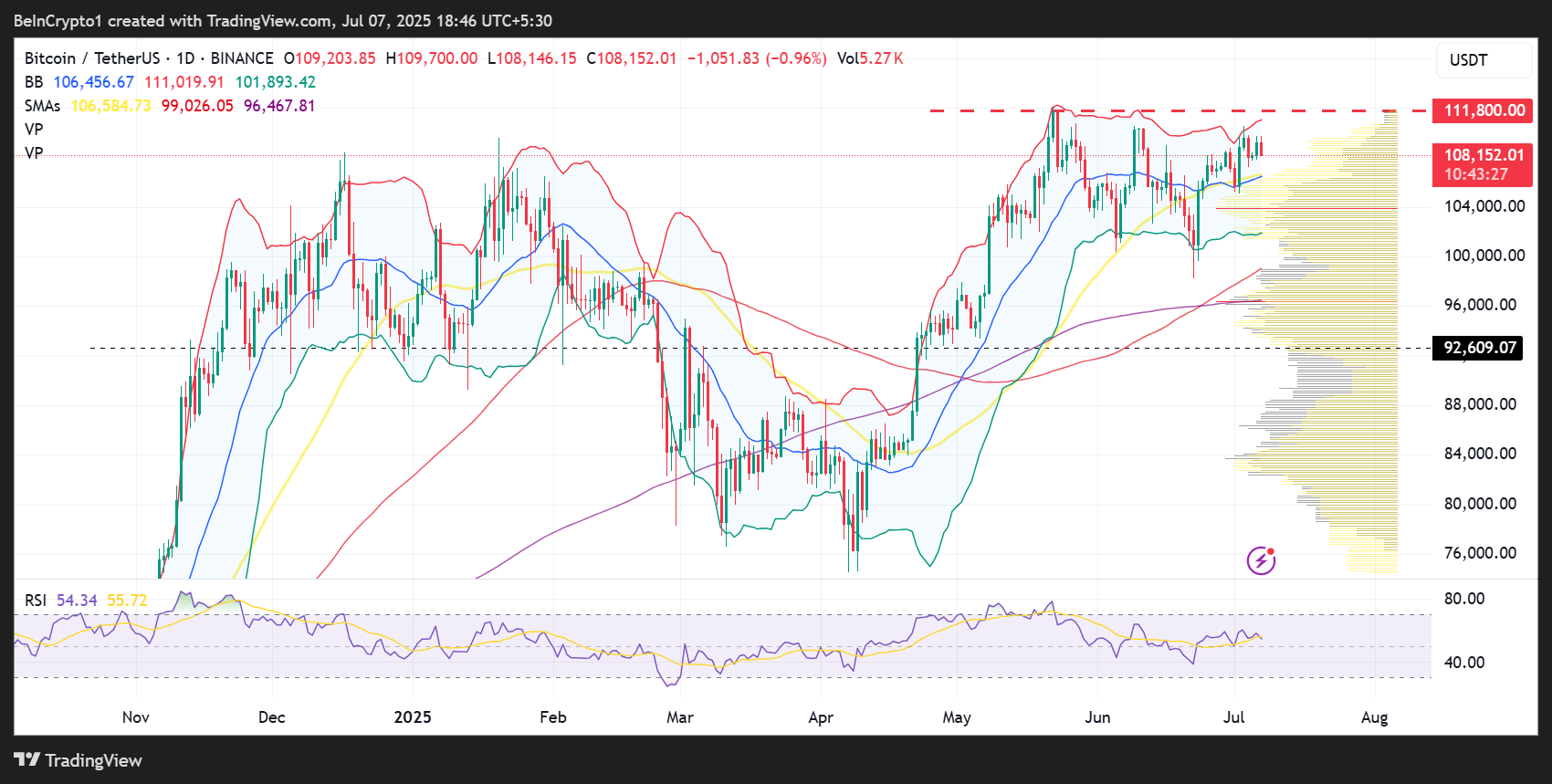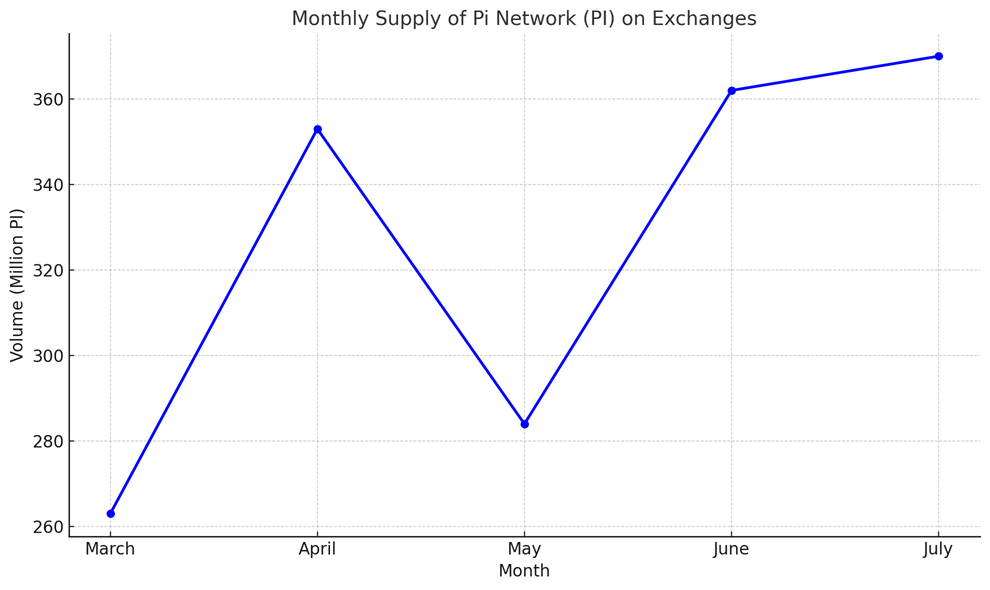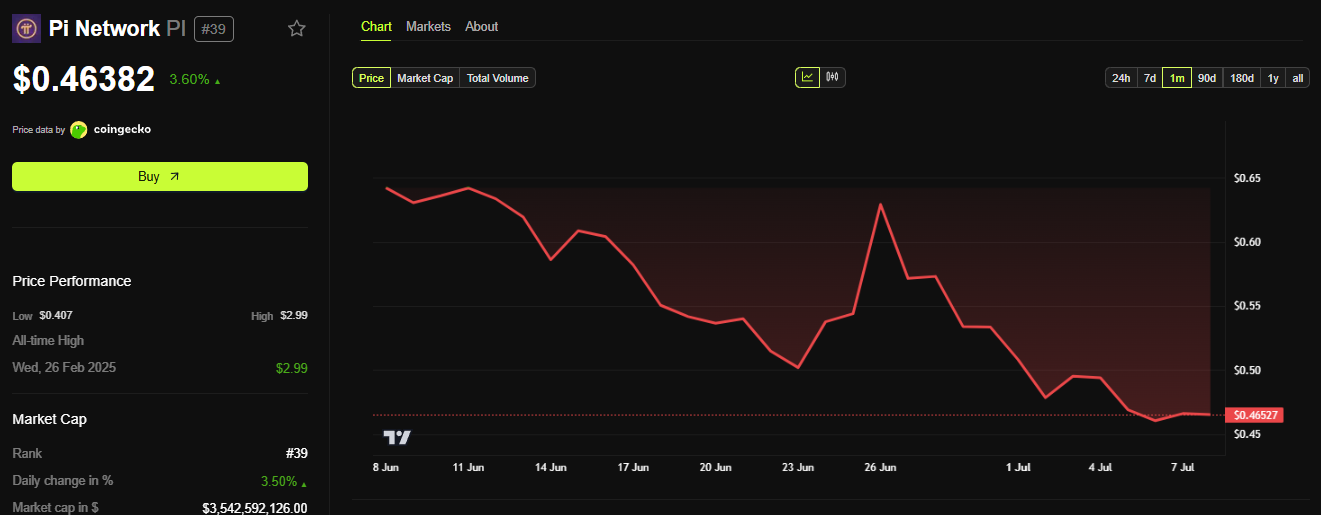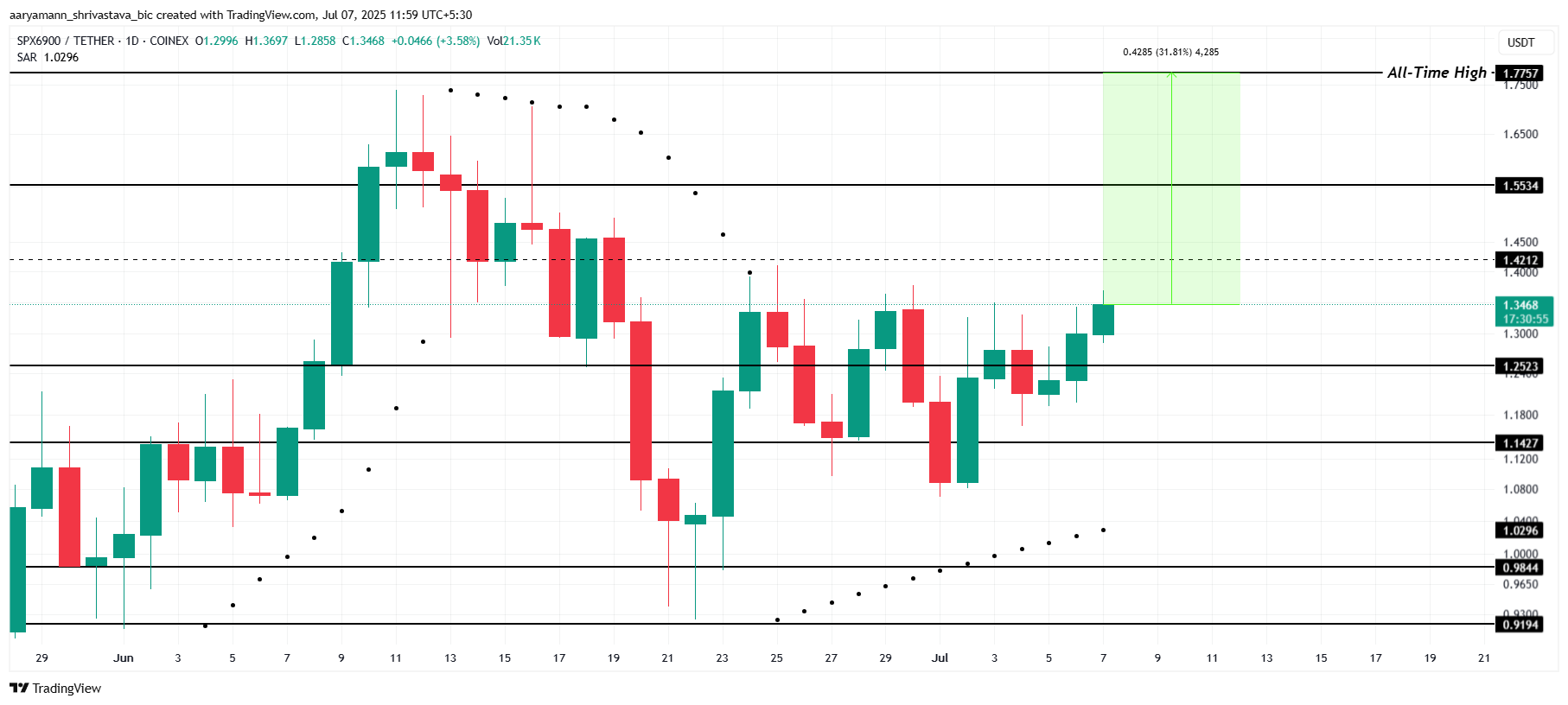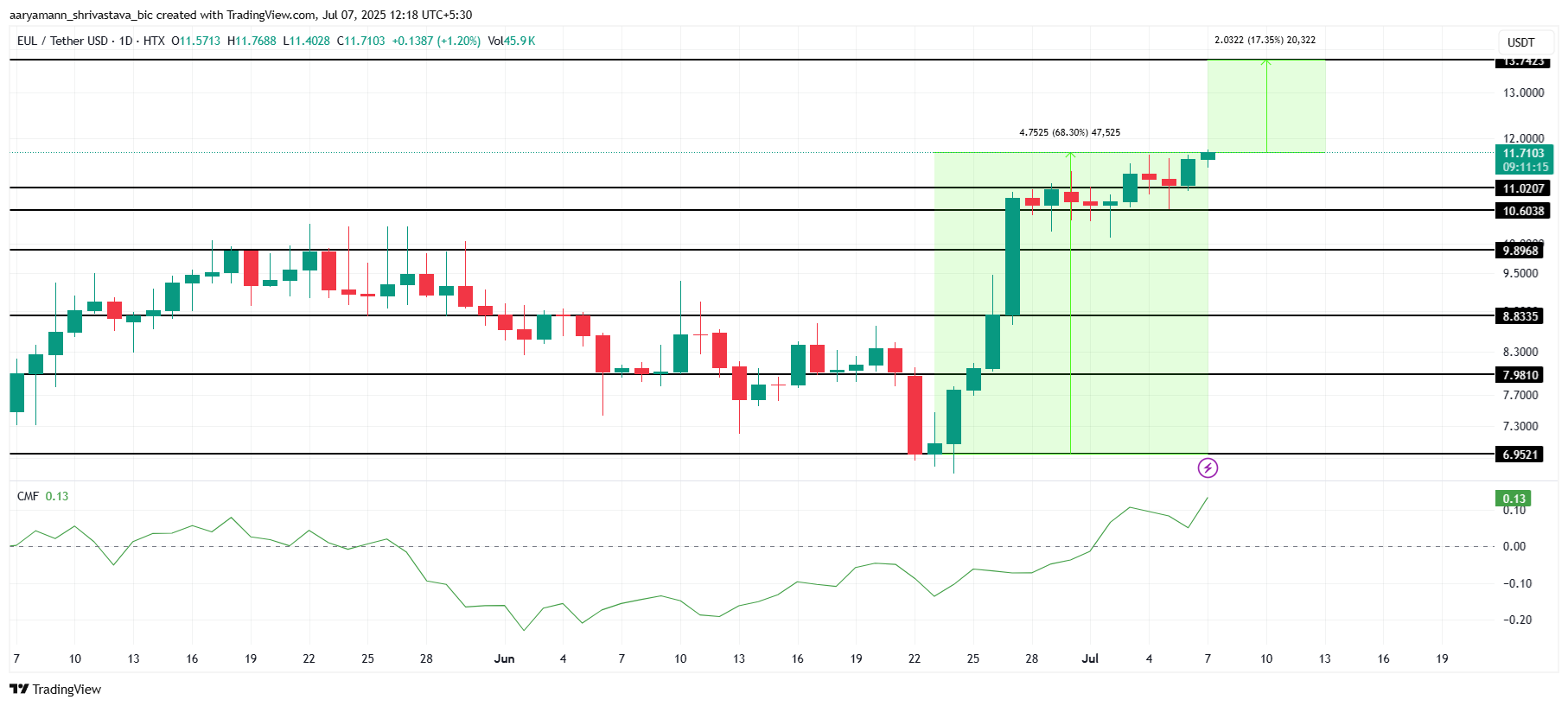Zama CEO Rand Hindi: Why Homomorphic Encryption Is Key to Blockchain’s Future
Confidentiality has always been a contentious point in blockchain technology. As public ledgers provide transparency, they often compromise privacy. The drive to reconcile transparency and privacy is at the heart of progress in crypto, and nobody epitomizes this better than Rand Hindi, CEO of Zama.
Hindi and Zama are pioneering the integration of fully homomorphic encryption into public blockchains. BeInCrypto interviewed Rand Hindi at Cannes to discuss Zama’s journey, the mounting investor interest, and the potentially transformative implications of this technology.
Hindi, who leads one of the most acclaimed teams in cryptography, has shepherded Zama to a billion-dollar valuation by focusing on a breakthrough technology that might address some of the sector’s core adoption barriers. The conversation explores how Zama’s protocol operates, the future of confidential payments, and what it means for traditional finance and on-chain scalability.
Hindi shares essential insights on technology’s progression, Zama’s testnet, and the security benefits that go beyond today’s industry standards.
Building Zama: Addressing Privacy Through Homomorphic Encryption
We like to joke that we’re probably the company that raised the most money without anybody understanding what we’re building. The reason for this is because cryptography as a field is very obscure and opaque, but the use cases it enables are very obvious once it actually works.
Zama as a company specializes in something called fully homomorphic encryption, FHE, which is a new encryption technique that allows you to have confidentiality on top of public blockchains. For example, imagine you want to send money confidentially to someone on a blockchain. Today, you wouldn’t. The amount of money you own, the amount you’re sending is public. With our technology, you would actually have that encrypted on chain but still be able to use it as part of any kind of blockchain application.
That is really a radical new proposition, I would say, because up until now, the only way to use a blockchain was to disclose everything to everyone. We’re effectively bridging that gap.
Inside the Zama Protocol and Testnet
When we started a company a few years ago, we focused on licensing our technology to other people. Most people don’t know that nine out of ten blockchain projects that use FHE use Zama technology in the backend.
Now, we are moving to having our own protocol called the Zama protocol that allows you to have confidentiality on top of any blockchain, even those that don’t license our technology directly. So you can have confidentiality on Ethereum, on Base, on Solana, on any really public blockchain.
The ability to have that on a public blockchain means that anybody can now start building apps where the on-chain data stays confidential regardless of which chain they actually want to use to deploy it. So the Zama protocol, like every protocol, has a testnet phase where we effectively launch that and allow developers and users to try it, start building the first apps and use cases ahead of a mainnet launch where it actually goes into production.
Use Cases: Confidential Payments and Beyond
I would say, by far, the biggest use case is confidential payments. If you look at stable coins, you look at global remittances, if you look at payroll, it’s very obvious that if you want to use a blockchain for that, you need to keep data confidential. I mean, if I told you right now to open your phone and show me your bank account, would you? Definitely not a chance.
Okay, there you go. This is what happens in a blockchain because I could see everything you own and do. That makes no sense whatsoever. Once you can encrypt it with homomorphic encryption, then you can start using a blockchain like you use a traditional bank account, like use a traditional credit card for anything from buying your coffee to getting your salary to buying a house. You can do it without other people knowing about it.
That’s one use case. The second one is enabling trading and tokenization of financial assets confidentially. Let’s imagine you are a large financial institution. You’re a hedge fund, you’re a bank. You want to use a blockchain for trading or even for just like, you know, settling some trades with a partner.
If everybody can see your trades and your positions, you’re not going to have much of an advantage in the market. The whole point is to have what we call an alpha, like something, a secret sauce that you don’t reveal. Blockchain today don’t allow you to keep things private. We’re also solving that.
Scaling, Developer Experience, and Security
When we started working on this, there were three main issues. First, it didn’t work. So we had to make the technology work. That’s done. Today, we have the most secure confidentiality technology. It’s even secure against quantum computers. So it’s as secure as it can ever be.
The second problem was it was very difficult to use for a developer. We actually solve that by integrating our technology into existing programming languages for smart contracts, like Solidity, for example, on Ethereum. As a developer, you don’t need to know cryptography to build a confidential application on chain.
And finally, there’s performance. FHE traditionally was very slow. We fixed that through new mathematics, better engineering, but also with better hardware. Effectively, today, scaling FHE and, therefore, scaling global payments on-chain, all these are use cases, is just a matter of putting more compute behind it. If there is one thing we learn from AI, it is that we can throw more compute than it works. We know how to do that. Just put more servers, put more GPUs, it’ll go faster.
So, there’s really nothing preventing homomorphic encryption from becoming the technology that makes it possible to have on-chain finance in a confidential manner.
You can think of it a little bit like, in your browser, when you connect to a website, you have this small lock that tells you that this is encrypted and protected. We’re effectively doing the same thing for blockchain.
Traditional Finance Appetite and Industry Examples
I would say that probably over half of the companies we talk to are financial institutions that are not Web3 native. They all want the same thing. They want to use blockchain because blockchain is the right solution for finance. We all agree on that. That’s established by everybody from Circle to all of these other companies doing that. Confidentiality was the last blocking point for the mass adoption of blockchain for finance.
I’ll give you two examples. We are working with a company right now that is issuing a confidential stablecoin. What it means is, it’s a regular stablecoin, you can use it for payment on chain, but the issuance is confidential, the amounts that you own is confidential, the amount you transfer is confidential, so you can actually use it for payment without having to disclose anything to other people.
That’s one example. Another example is that there is a company building an on-chain self-custodial bank where your money on chain is kept confidential with our technology. We’re talking about something like Revolut, fully on-chain, self-custodial, so even if the bank goes down, you can get back your money because it’s on-chain.
Try to imagine like the first bank that cannot rug you.
Performance, Security, and Cost
Speed-wise, there is going to be almost no difference. It’s not going to slow down the underlying blockchain. The latency is a couple of seconds, a few seconds. You’re probably not going to see it. Just clicking around on an app is going to take longer than that, effectively. So speed is not an issue. Cost is not an issue. At scale, it can be as cheap as about a cent per confidential token transfer.
On like an L2, like base, even in Ethereum, we’re just adding a couple of cents on top of Ethereum gas fees. We’re almost as cheap as the underlying blockchain allows us to be, pretty much. So that’s not an issue. The third one in terms of security we are post-quantum. Even a quantum computer cannot break homomorphic encryption, FHE. That is very important because there are many technologies that are being used today as shortcuts because they’re supposedly more performant.
First of all, that’s not true. But second of all, those technologies have been broken and will be broken going forward. If you want to have the best amount of security, you have to use FHE. There is nothing else that can actually get even closer.
The Road Ahead: Future Developments and Adoption Trajectory
So we’re in testnet now, that’s already big. We’re planning to have our first main net at the end of, let’s say October.
From that point, we’re gonna have other blockchains being supported, and then it’s game on. You know, initially let’s get at least 1% of watching transactions confidential, then 10% and 20%. If we take again the example of HTTPS, in your browser, the small lock protects your data. We’re connecting to the website. It went from 5% of the internet traffic being encrypted in 2010 to 96% now, I believe. We believe FHE will follow a similar type of trajectory where, five, six, or 10 years from now, over 90% of blockchain transactions will be encrypted and confidential with homomorphic encryption.
Conclusion
Rand Hindi’s vision for Zama represents a major leap for both user privacy and institutional confidence in blockchain networks. Fully homomorphic encryption is set to enable confidential apps, payments, trading, and on-chain banking, all without sacrificing security or speed.
As Zama moves from testnet to mainnet, the aim is to make confidential blockchain transactions as common as secure web browsing. Hindi’s conviction is clear—within the next decade, encrypted, private transactions could become the standard, not the exception, across every major blockchain.
The post Zama CEO Rand Hindi: Why Homomorphic Encryption Is Key to Blockchain’s Future appeared first on BeInCrypto.



